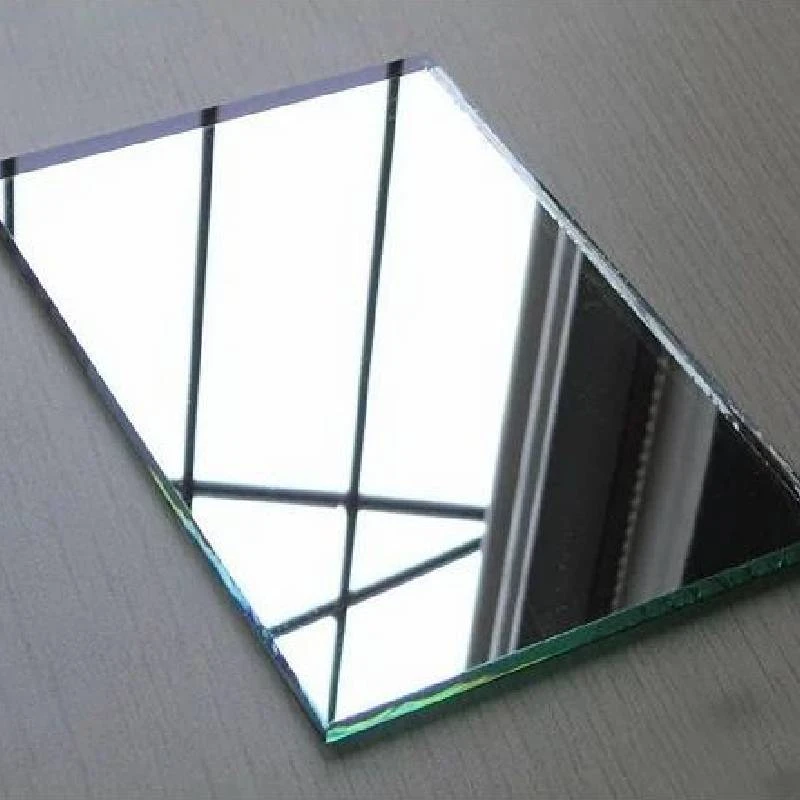

The Evolution and Benefits of Strengthened Glass
Strengthened glass, often referred to as tempered glass, has become an essential component in a variety of modern applications, ranging from architectural designs to automotive and consumer products. This specialized glass undergoes a unique manufacturing process that enhances its mechanical strength and thermal resistance, making it a favored choice for both safety and aesthetic appeal.
The process of strengthening glass involves heating it to a temperature of around 600 degrees Celsius and then rapidly cooling it. This thermal treatment alters the internal structure of the glass, creating compressive stresses on the surface and tensile stresses within. The result is a product that is significantly tougher than standard glass, able to withstand impacts and resist thermal shock. It is not uncommon for tempered glass to be up to five times stronger than its untreated counterpart.
One major advantage of strengthened glass is its safety characteristics. When broken, tempered glass shatters into small, blunt pieces rather than sharp shards, significantly reducing the risk of injury. This property makes strengthened glass an ideal choice for various applications, such as shower doors, glass doors and tables, and even in building facades. The use of tempered glass can provide peace of mind to homeowners and business owners alike, knowing that they have a material that minimizes hazards while maintaining an elegant appearance.
In addition to safety, enhanced thermal resistance is another critical benefit of strengthened glass. This property allows it to withstand sudden changes in temperature, making it suitable for applications like oven doors and facades exposed to sunlight. Ordinary glass might crack or shatter under such conditions, but tempered glass remains stable, ensuring longevity and reliability. This resilience has made it popular in modern architecture, where large glass panels are often used to create stunning, open spaces while maintaining structural integrity.

Energy efficiency is also a significant factor in the growing use of tempered glass. With the rising concern over energy consumption and sustainable building practices, reinforced glass allows for better insulation and reduced energy costs. When combined with low-emissivity (Low-E) coatings, strengthened glass can effectively minimize heat transfer, keeping interiors comfortable without excessive reliance on heating and cooling systems.
Moreover, the aesthetic versatility of tempered glass cannot be overlooked. It can be produced in various thicknesses, colors, and finishes, allowing architects and designers to create visually appealing structures that are also functional. From high-end office buildings with expansive glass facades to artistic installations in community spaces, the possibilities for incorporating strengthened glass into design projects are virtually limitless.
Despite its numerous advantages, it's essential to consider some limitations of strengthened glass. While it is highly resistant to breakage, it is not entirely unbreakable. Certain extreme conditions or direct, high-impact forces can still cause it to fail, although such instances are rare. Additionally, the production process for tempered glass can be more costly than for standard glass, which may influence budget decisions for large projects.
In conclusion, strengthened glass represents a remarkable advancement in material technology, providing a combination of safety, durability, and aesthetic appeal. Its wide-ranging applications across industries underscore its significance in modern design and architecture. As technology continues to evolve, the potential for further innovations in strengthened glass will undoubtedly lead to even more applications and enhancements, reinforcing its position as a vital material in our daily lives.